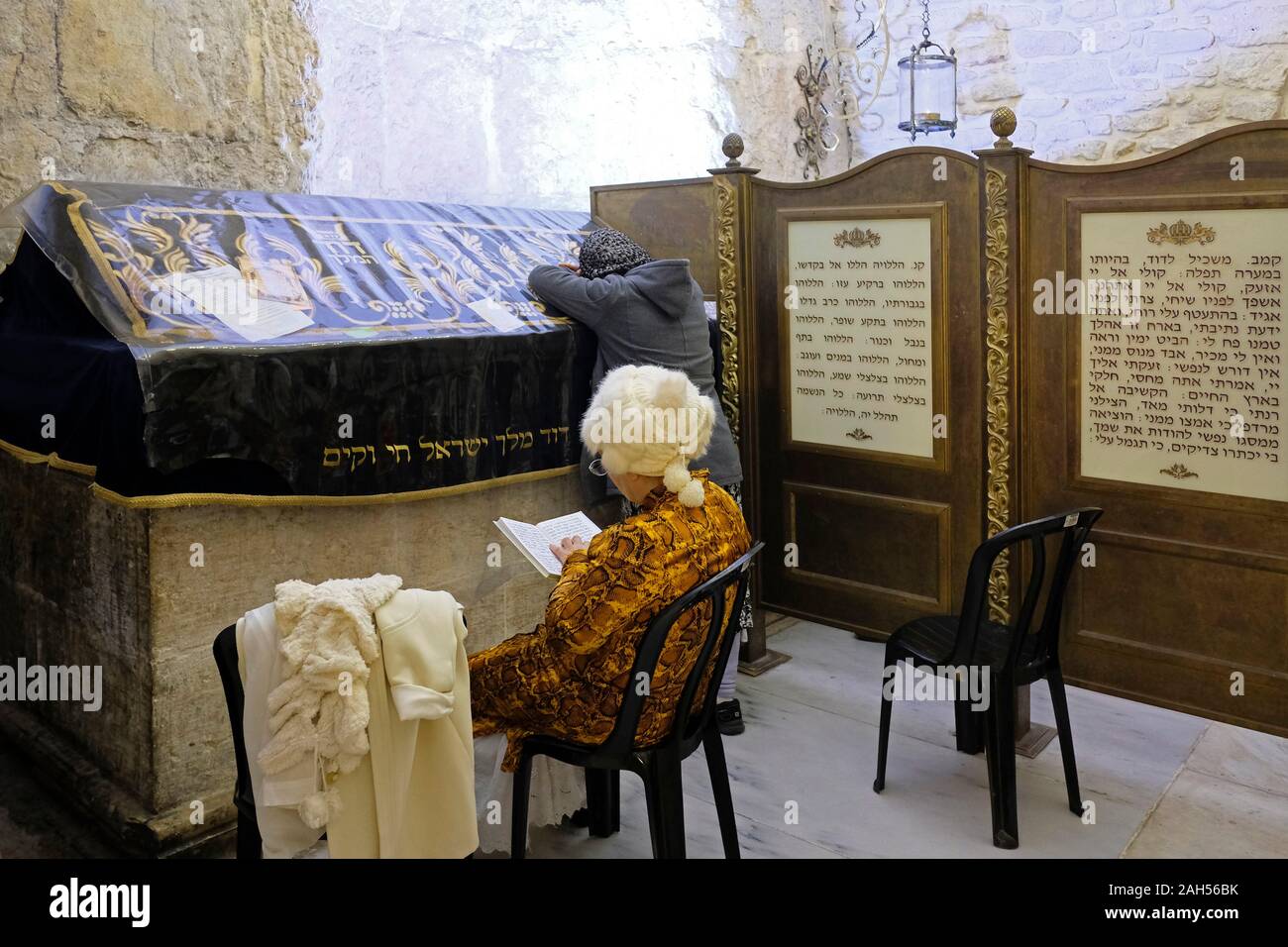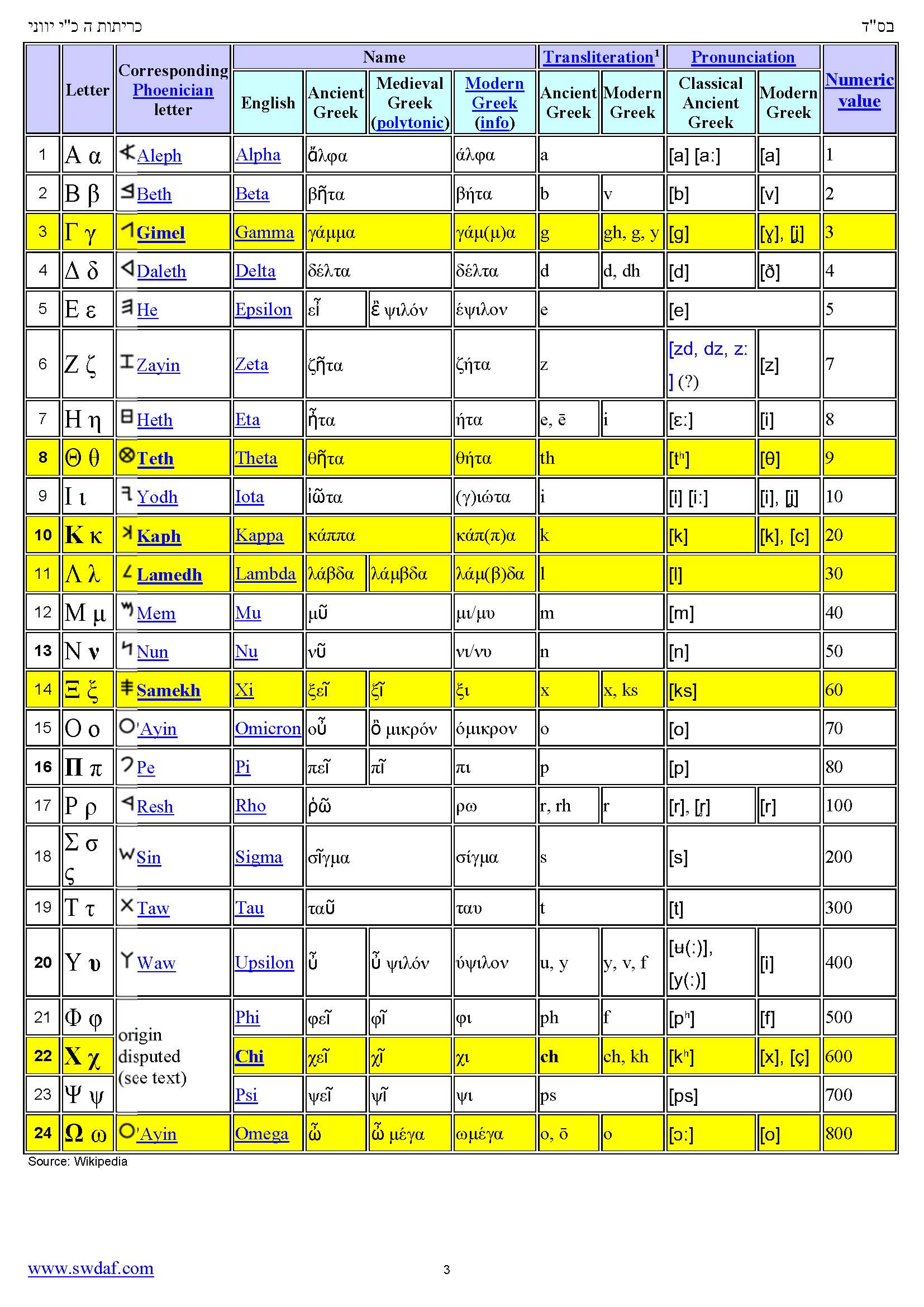BS”D
Suka 16b (2)
Shvat 20, 5781, February 3, 2021
1- We discussed the story of the putting up partitions on Shabbos.

The opinion of Rashi that an אהל must have a top. Partitions with no top/cover are never considered an אהל Min Hatorah. The definition of an אהל is only the top. Thus, placing a blanket atop of four poles, creating an אהל without walls, is prohibited.
Tosfos and others disagree.
:max_bytes(150000):strip_icc():format(webp)/__opt__aboutcom__coeus__resources__content_migration__brides__public__brides-services__production__2016__12__19__5858111478ca470109af7d12_Greg20Ross-8eb64ab6d3464fe8b5849c92df6e3023.jpg)
Regardless, all tents, even temporary ones, are prohibited מדרבנן. Some say that even putting on a hat with a wide brim like a sombrero may be considered an אהל…..
2- Partitions without covers are permitted if they are for temporary use.
The general rule is that if a מחיצה is needed to be מתיר a situation, then putting up such a partition is prohibited. By placing a מחיצה we are creating a new רשות.
Examples of cases that are prohibited – Creating the third wall of a Suka. Or creating a רשות היחיד.
See Alter Rebbe’s Shulchan Aruch for various examples and other factors. OC 315.
On the other hand, if a מחיצה is not needed to be מתיר then the rule of building a מחיצה does not apply.
Examples of cases that are permitted – putting up a partition so the wind will not extinguish the candles. Creating a מחיצה during a דרשה to separate between men and women.

A מחיצה for Davening would seem to be prohibited. But see above end of Seif 3. Need to research this.
3- We discussed the various הלכות of לבוד.

4- Tosfos writes that when creating a Suka, (which only needs 2 walls and a טפח of a third) one can accomplish it with a single wall of 7 טפחים , a plank of wood of 4 טפחים plus and placing the smaller piece perpendicular to the larger piece, within 3 טפחים. This 90 degree structure would be sufficient for a barebone Suka.
5-
5-The term Tosfos uses for this 90 degrees is GAM, which is the third letter of the Greek Alphabet. It is similar to the shape of an inverted Hebrew long כף that creates a 90 degree form. See Rashi Pesachim 8, b.
This symbol is used in many Mishanayos and in Gemara.
We discussed this topic at length as one finds in many places the חכמים used Greek letters.
In our case of GAM, the obvious question is- why not use the Hebrew letter כף?

Rabeinu Monoach who wrote a commentary on the Rambam writes the following:

רבנו מנוח (הלכות שופר וסוכה ולולב פרק ד’) ז”ל “כתב הרב היו לה שתי דפנות זו בצד זו כמין גאם כלומר גימ”ל יונית שהיא עשויה כדל”ת שלנו. ומה שאמרו רבותינו כמין גאם ולא אמרו כמין דל”ת שלא רצו לתאר לאותיות הקדש שום דבר של חול וזה מהפלגת הגדולים קדושת התורה וכבודה”, עכ”ל.
The Chachamim didn’t want to use the holy Hebrew letter to describe a shape.
6- See Shkolim 3, 2, where the first three Greek letters were used in the Beis Hamikdosh.
בְּשָׁלשׁ קֻפּוֹת שֶׁל שָׁלשׁ שָׁלשׁ סְאִין תּוֹרְמִין אֶת הַלִּשְׁכָּה, וְכָתוּב בָּהֶן אָל”ף בֵי”ת גִימ”ל. רַבִּי יִשְׁמָעֵאל אוֹמֵר, יְוָנִית כָּתוּב בָּהֶן אָלפ”א בֵית”א גָמל”א.
In three baskets each of [the capacity of] three סאה they make the appropriation [of shekolim] from the chamber. And on them was inscribed: Aleph, Beth, Gimmel. Rabbi Ishmael says: Greek was inscribed on them, alpha, beta, gama.
6- The most famous Greek letter/symbol used in Shas etc. and also the most disputed one, is the term כי which is one of the Greek letters.
“One anoints Kohanim by applying oil on their heads. How exactly? In the shape of a כי. Now what is a כי? Like the shape of the Greek letter כף.” Horius 12,a.
But which letter in the Greek alphabet is like a כף? That’s a huge topic. The symbols we see in Sha”s vary from place to place.

Is it # 3 in the shape of Г or an inverted Hebrew long כף.
Is it # 10 the shape of a K, which is called Kaffa in Greek.
Is it # 22 the shape of an X, which is called Ki in Greek.
Is it #14 the shape of ξ which is called Chi in Greek. Pronounced KSI.
Is it # 16 shaped like a ח which is called Pe and looks like a חי”ת
Is it #22 shaped like a Hebrew ט. That’s what the תוספות יום טוב writes.
See here.
http://primary.swdaf.com/DafDocs/kreitot/kreitot005_Greek_Chai.pdf
And here.
https://tora-forum.co.il/viewtopic.php?style=1&t=6196
See also Likutei Sichos Ki Sisa2, Vol 26. P 238